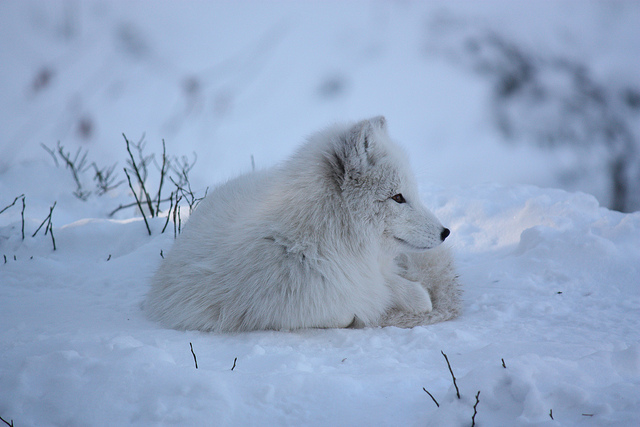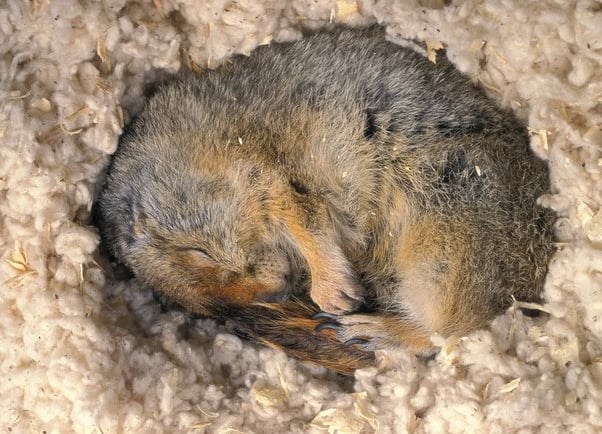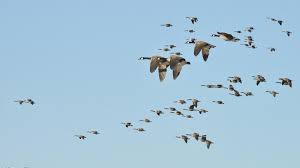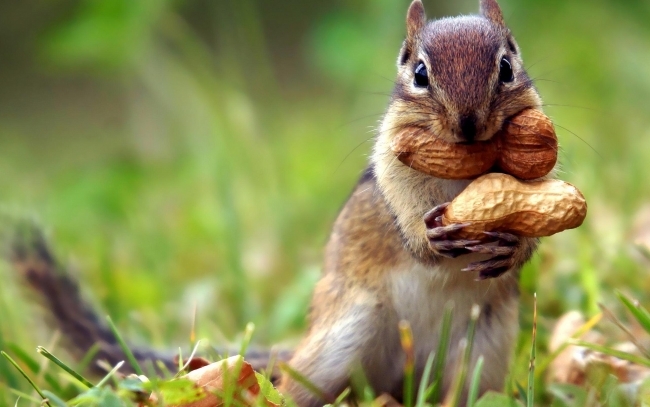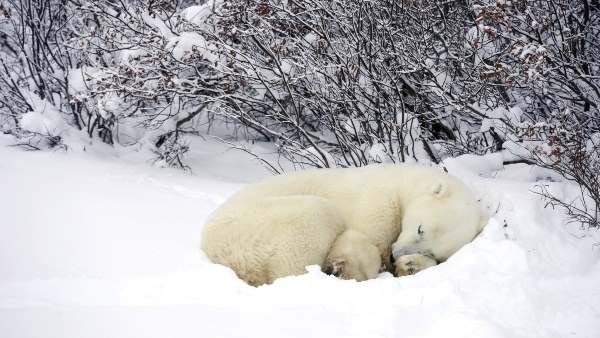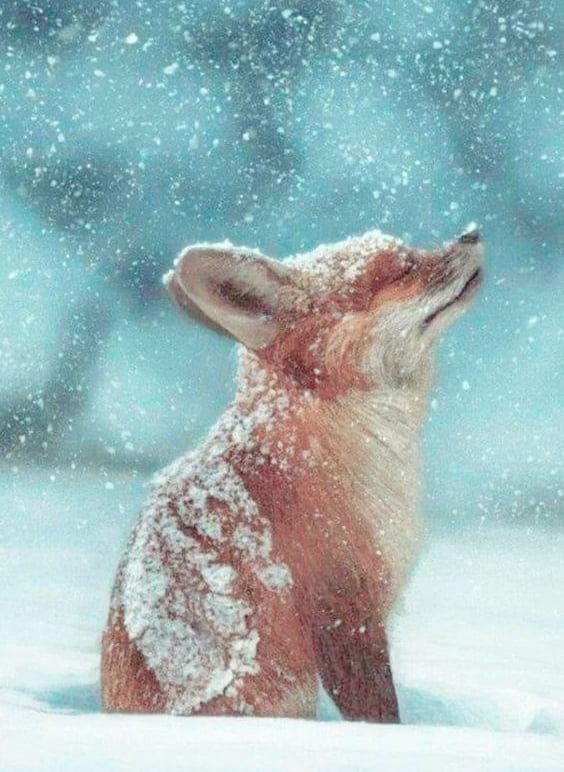Winter Wildlife: Observing Nature's Adaptations


Winter is a magical time of year, especially when it comes to observing the wildlife that inhabits our natural surroundings. As the temperature drops and the landscape transforms into a winter wonderland, local wildlife must adapt to survive in these challenging conditions. In this blog post, we will delve into the fascinating world of winter wildlife and explore the various ways in which they have evolved to thrive during the coldest season of the year.
Camouflage: Blending In with the Snowy Landscape
One of the most remarkable adaptations of winter wildlife is their ability to blend in with the snowy surroundings. Animals like the Arctic fox and the snowshoe hare have developed a white fur coat during the winter months, allowing them to remain hidden from predators. This camouflage not only provides them with protection but also increases their chances of successfully hunting prey.
Hibernation: Surviving the Winter Slumber
For some animals, the harsh winter conditions make it nearly impossible to find food. In response, they have developed a unique adaptation known as hibernation. During this period, animals such as bears and ground squirrels enter a state of deep sleep, conserving energy and surviving on stored fat reserves. Hibernation allows these creatures to endure the long winter months when food is scarce.
Migration: Seeking Warmer Climates
While some animals choose to hibernate, others opt for a different strategy: migration. Birds, in particular, are well-known for their impressive long-distance journeys to warmer climates. By flying south for the winter, they can find an abundance of food and avoid the freezing temperatures of their breeding grounds. This remarkable adaptation ensures their survival and allows us to witness the awe-inspiring sight of flocks of birds soaring through the winter sky.
Food Storage: Preparing for the Lean Months
For many animals, winter means a scarcity of food. To overcome this challenge, they have developed the ability to store food during the abundant months of summer and fall. Squirrels, for example, are known for their habit of burying nuts and seeds in various locations, creating a hidden food stash that they can rely on during the winter. This adaptation allows them to survive when food sources are limited.
Thick Insulation: Battling the Cold
Another crucial adaptation of winter wildlife is their ability to withstand extreme cold temperatures. Animals like the muskox and the Arctic seal have developed a thick layer of insulation in the form of blubber or dense fur. This insulation acts as a barrier against the cold, keeping their bodies warm and protected from the freezing elements. It is truly remarkable how these creatures have adapted to thrive in some of the harshest environments on Earth.
Observing winter wildlife in their natural habitats is not only a fascinating experience but also a reminder of the incredible resilience and adaptability of nature. As we venture into the winter landscape, let us take a moment to appreciate the remarkable adaptations that allow these animals to survive and thrive in the face of adversity.
